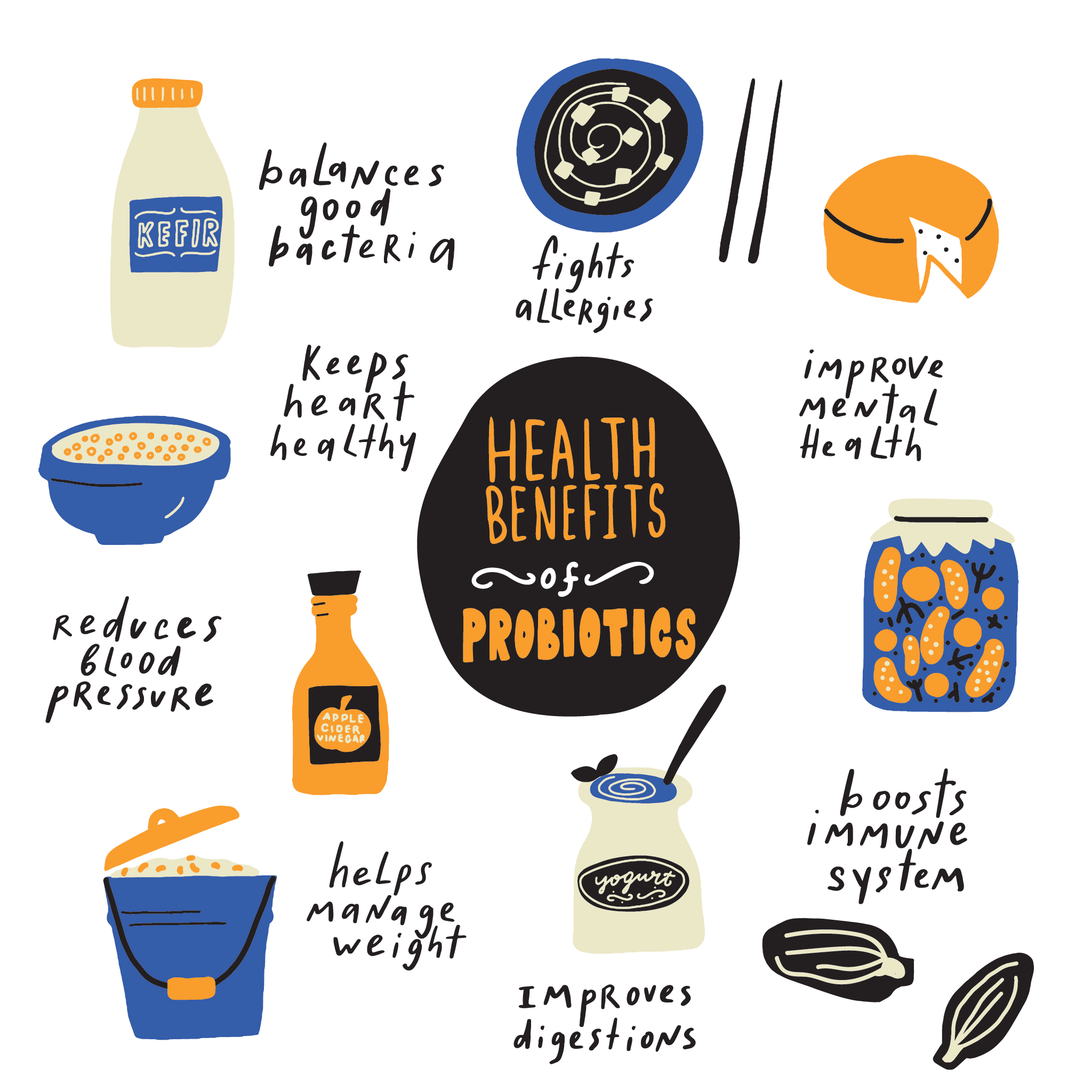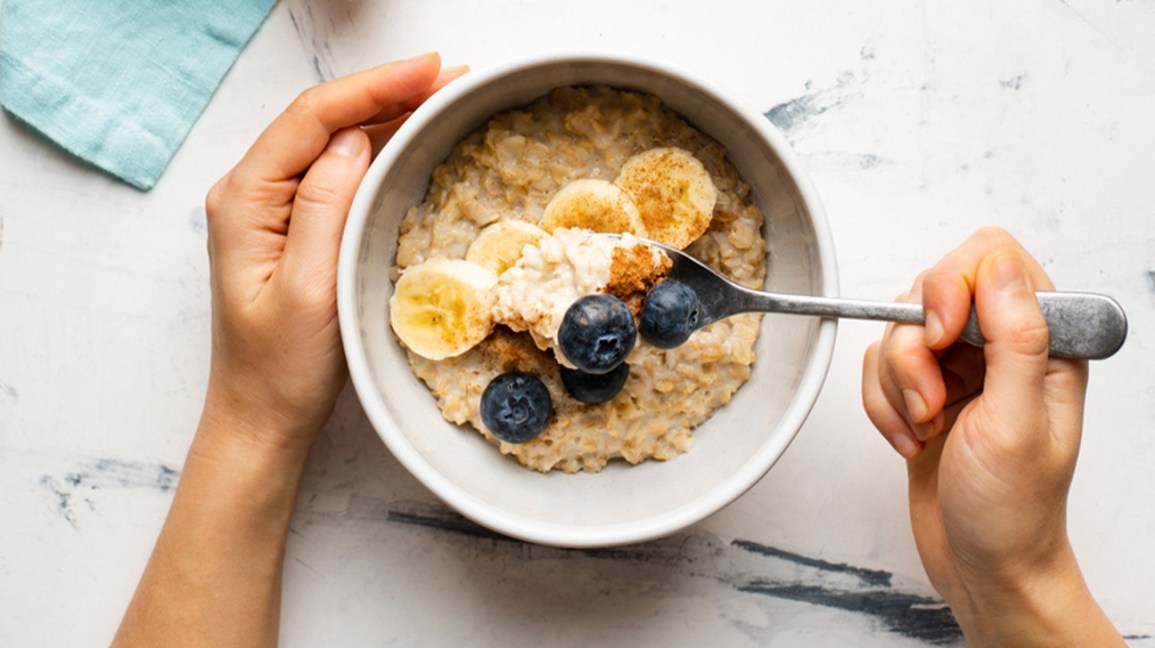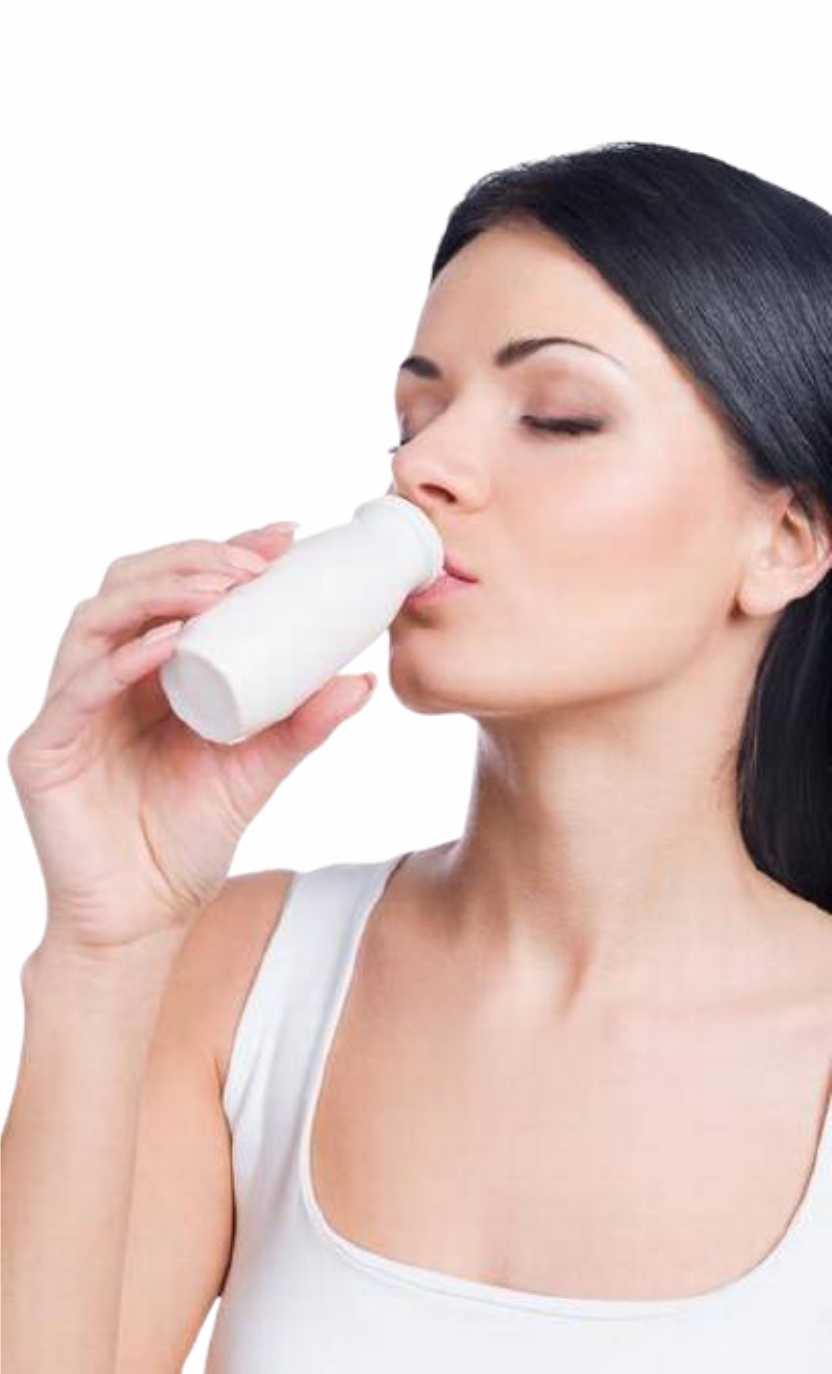Probiotics are made of good live bacteria and/or yeasts that naturally live in your body. You constantly have both good and bad bacteria in your body. When you get an infection, there’s more bad bacteria, knocking your system out of balance. Good bacteria helps eliminate extra bad bacteria, returning the balance. Probiotic-supplements are a way to add good bacteria to your body. They are a combination of live beneficial bacteria and/or yeasts that naturally live in your body. Now bacteria is usually viewed in a negative light as something that makes you sick. However, you have two kinds of bacteria constantly in and on your body — good bacteria and bad bacteria. Probiotics are made up of good bacteria that helps keep your body healthy and working well. This good bacteria helps you in many ways, including fighting off bad bacteria when you have too much of it, helping you feel better.
By Zahra Aleem
Probiotics are part of a larger picture concerning bacteria and your body — your microbiome. Think of a microbiome as a diverse community of organisms, such as a forest, that work together to keep your body healthy. The main job of probiotics, or good bacteria, is to maintain a healthy balance in your body. Think of it as keeping your body in neutral. When you are sick, bad bacteria enters your body and increases in number. This knocks your body out of balance. Good bacteria works to fight off the bad bacteria and restore the balance within your body, making you feel better. Good bacteria keeps you healthy by supporting your immune function and controlling inflammation. Certain types of good bacteria can also:
Help your body digest food. Keep bad bacteria from getting out of control and making you sick. Create vitamins.

Help support the cells that line your gut to prevent bad bacteria that you may have consumed (through food or drinks) from entering your blood. Breakdown and absorb medications.
Probiotics can be beneficial for both adults and kids. If your child has an illness that requires an antibiotic medication for treatment, taking a probiotic can help shorten symptoms. Probiotics can also be used to help relieve constipation, acid reflux, diarrhea, gas and eczema in children. Introducing probiotics into your child’s diet through food is typically a safe way to give them probiotics. Foods like yogurt and cottage cheese are often part of a balanced diet and can add in good bacteria without much risk. There are commercially available probiotic supplements specifically designed for infants and children. However, it is important to talk to your child’s pediatrician before giving them any probiotic supplement or changing the child’s diet to include probiotic-rich foods. There are several ways you can take a probiotic supplement. They come in a variety of forms, including in: Foods, drinks, capsules or pills, powders, and liquids. Probiotic supplements may be combined with a prebiotic. These are complex carbohydrates that feed the microorganisms in your gut. Basically, prebiotics are the “food source” for the good bacteria. They help feed the good bacteria and keep it healthy. Prebiotics include inulin, pectin and resistant starches. When you have a supplement that combines a probiotic and prebiotic, it’s called a synbiotic.

Here is a list of top probiotic foods that are super healthy:
Yogurt is one of the best sources of probiotics, which are friendly bacteria that can improve your health. It is made from milk that has been fermented by friendly bacteria, mainly lactic acid bacteria and bifidobacteria. Eating yogurt is associated with many health benefits, including improved bone health. It is also beneficial for people with high blood pressure. In children, yogurt may help reduce the diarrhea caused by antibiotics. It can even help relieve the symptoms of irritable bowel syndrome (IBS).
Pickles (also known as gherkins) are cucumbers that have been pickled in a solution of salt and water. They are left to ferment for some time, using their own naturally present lactic acid bacteria. This process makes them sour. Pickled cucumbers are a great source of healthy probiotic bacteria which may improve digestive health. They are low in calories and a good source of vitamin K, an essential nutrient for blood clotting. Keep in mind that pickles also tend to be high in sodium.

The term buttermilk actually refers to a range of fermented dairy drinks. However, there are two main types of buttermilk: traditional and cultured. Traditional buttermilk is simply the leftover liquid from making butter. Only this version contains probiotics, and it is sometimes called “grandma’s probiotic.” This is commonly consumed in Pakistan.
Although most types of cheese are fermented, it does not mean that all of them contain probiotics. Therefore, it is important to look for live and active cultures on the food labels. The good bacteria survive the aging process in some cheeses, including Gouda, mozzarella, cheddar and cottage cheese .Cheese is highly nutritious and a very good source of protein. It is also rich in important vitamins and minerals, including calcium, vitamin B12, phosphorus and selenium.























